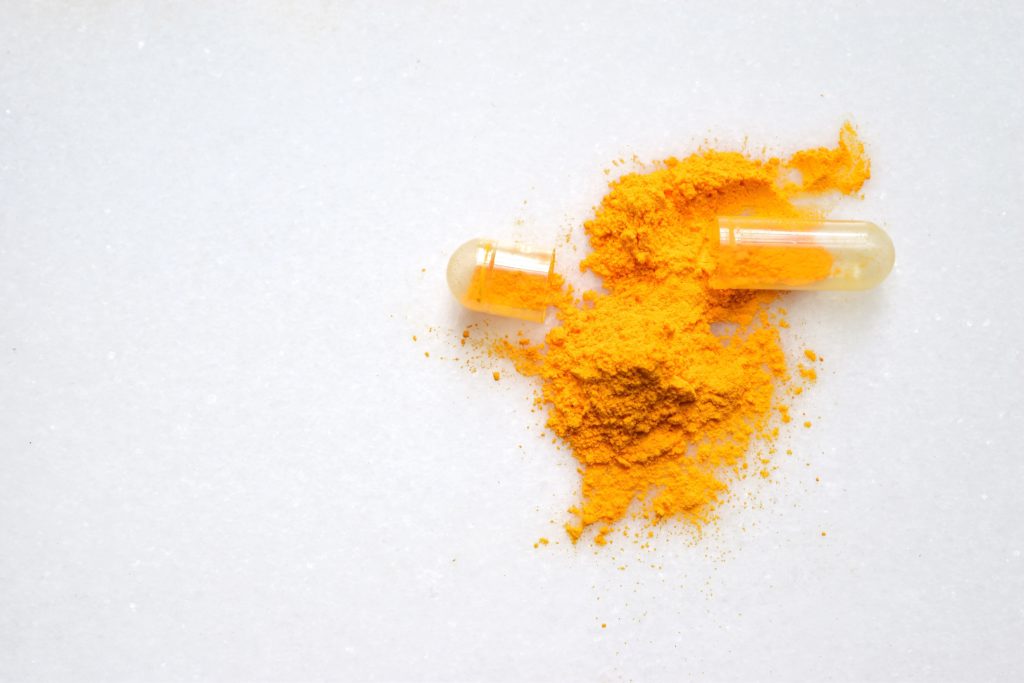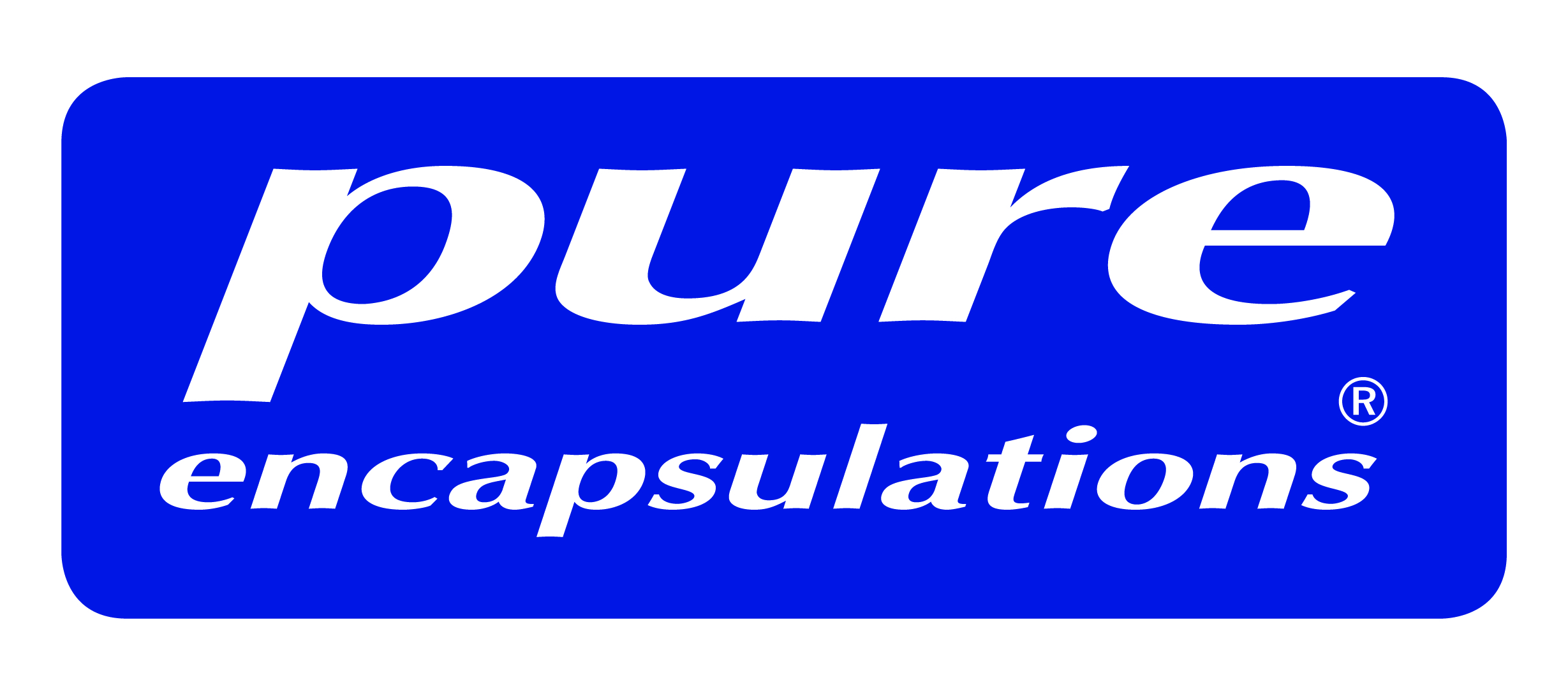Taking supplements to support your health goals can be overwhelming. With all of the different options on the market, it’s tough to know which products are right for you, and the truth is that not all supplements are created equal.
Some may contain ingredients that are not well-studied. Others could be missing key components or using less than effective vitamin or mineral forms. And still, others may be adulterated with contaminants. So how do you know which one is right for you?
First, choosing a brand with high standards where all production lots are tested by accredited and cGMP compliant laboratories to guarantee quality and safety is essential. But another factor to consider is whether the ingredients in your supplement are trademarked.
Why does that matter? Trademarked ingredients are another way a company can differentiate itself and demonstrate a commitment to quality. When an ingredient is trademarked, the company has gone through the extra steps to use an ingredient studied for effectiveness.
How does this work? Let’s take a closer look at what it means to use a trademarked ingredient.
What Are Trademarked (TM) Ingredients?
A trademark means a company has the exclusive right to use that particular ingredient in its products. To get that trademark, the company must submit extensive research on the ingredient for approval.
Also called branded ingredients, the trademark process takes time and money, and not all companies are willing to go through it. It’s one way a company can show they are making an additional commitment to the quality and efficacy of their product.
What Are the Advantages of Using Trademarked Ingredients For Consumers?
You can absolutely find supplements that don’t use TM ingredients and are still effective. But using trademarked ingredients can add an additional layer to help you, the consumer, recognise and feel confident about the source of your product.
Here are some of the advantages:
- Quality. As mentioned earlier, the trademark process is time intensive and costly. Using a trademarked ingredient means you know the company has spent time and money either to develop and research the ingredient or to include that ingredient in the product.
- Efficacy. TM ingredients usually have clinical research backing their effectiveness. When you take a supplement, it’s important to know that the ingredients inside have been studied and shown to be effective.
For example, you may take a supplement to support bone health because the science shows it works. But if the supplement you’re taking doesn’t have an effective ingredient or the form of the ingredient isn’t well-absorbed, you may not get the results you want. On the other hand, a trademarked ingredient could have studies using that specific ingredient, so the outcomes are more predictable.
- Trust and transparency. Since more people are interested in understanding sourcing and ingredient quality in their supplements, branded ingredients could give additional peace of mind. When a company is willing to put its name behind an ingredient and go through the trademark process, it can show they stand by the quality and efficacy of its product.

Examples of Trademarked Ingredients Found in Pure Encapsulations Products?
All of Pure Encapsulations products are made with high-quality, research-backed ingredients, but some include trademarked ingredients that could provide additional support:
Metafolin®
Metfafolin L-5-methyltetrahydrofolate (L-5-MTHF) is a patented active alternative to folic acid. Folic acid is the form found in fortified foods and supplements, but the body must convert it to L-methylfolate before it can be used. The problem is that some people have difficulty making this conversion, so they don’t get the full benefits.1 Metafolin is already in active form and ready to be used.1
Folate is an essential nutrient for many different health functions, but it’s especially important during pregnancy as it supports methylation, which maintains healthy neurotransmission.2 It can also help support heart health.3
Kaneka CoQ10
Kaneka is a bioidentical form of CQ10 which means it’s identical to the CoQ10 made by your body.4 It’s also hypoallergenic, making it an ideal fit with Pure Encapsulations’ commitment to quality, with clinical studies going back more than 30 years. Your body makes less CoQ10 as you age which is why supplements are often recommended, especially for people over 40.5
HyaMax
HyaMax Sodium Hyaluronate is a hyaluronic acid product that supports skin hydration.6 Hyaluronic acid is found throughout your body, especially in the synovial fluid in your skin.7
HyaMax is a hypoallergenic product that also has a lower molecular weight than other hyaluronic acid products, which improves absorption in the body.8
resVida
resVida is a pure resveratrol extract and powerful antioxidant that can help support cardiovascular health, cognitive function, and healthy aging.9
Resveratrol is found in red wine, but it’s also found in other foods like peanuts, berries, and some plants. However, the amount of resveratrol in food is usually very small, so supplements are often the best way to get a therapeutic dose. Many clinical studies on resVida point to its efficacy and bioavailability, even at lower doses.10 One study also found that supplementing with resVida showed similar results as calorie restriction for supporting healthy metabolic changes.11
FloraGLO
FloraGLO is a naturally sourced Lutein from marigold blooms—in the same form found in vegetables like kale and spinach—with 25 years of research.12 Lutein is an antioxidant found in the brain, skin, and eyes, but you need to get it from your diet or supplements since the body doesn’t make it.13
Supplementing with FloraGLO supports eye health and healthy vision. It’s backed by 100 human clinical trials, including the well-known Age-Related Eye Disease Study 2 (AREDS2).14 It’s also gluten-free, vegetarian, and vegan making it an excellent choice for those with specific dietary needs or restrictions.

Trademarked Ingredients Can Help You Feel Confident About Your Supplement
When you see a trademarked ingredient in a supplement, it can give you peace of mind knowing that the product has been clinically studied and is of the highest quality. The highlighted ingredients above are just a few of the many trademarked ingredients used in Pure Encapsulations products.
All Pure Encapsulations products use carefully selected ingredients backed by extensive research to ensure they meet our high standards for quality and efficacy. Using trademarked ingredients is just one more way Pure Encapsulations is committed to making products you can trust.
+Caitlin Beale, MS, RDN is a registered dietitian and freelance health writer. She has a master’s degree in nutrition and over ten years of experience as a registered dietitian.
+The views expressed in this article are those of the authors. They do not reflect the opinions or views of Pure Encapsulations®.
1 Seremak-Mrozikiewicz A. Metafolina–alternatywa dla suplementacji niedoboru folianów u kobiet ciezarnych [Metafolin–alternative for folate deficiency supplementation in pregnant women]. Ginekol Pol. 2013;84(7):641-646. doi:10.17772/gp/1618
2 Gropper SS, Smith JL, Groff JL. Advanced Nutrition and Human Metabolism. 5th ed. Belmont, CA: Wadsworth; 2009.
3 Li Y, Huang T, Zheng Y, Muka T, Troup J, Hu FB. Folic Acid Supplementation and the Risk of Cardiovascular Diseases: A Meta-Analysis of Randomized Controlled Trials. J Am Heart Assoc. 2016;5(8):e003768. Published 2016 Aug 15. doi:10.1161/JAHA.116.003768
4 Hosoe K, Kitano M, Kishida H, Kubo H, Fujii K, Kitahara M. Study on safety and bioavailability of ubiquinol (Kaneka QH) after single and 4-week multiple oral administration to healthy volunteers. Regul Toxicol Pharmacol. 2007;47(1):19-28. doi:10.1016/j.yrtph.2006.07.001
5 Barcelos IP, Haas RH. CoQ10 and Aging. Biology (Basel). 2019 May 11;8(2):28. doi: 10.3390/biology8020028. PMID: 31083534; PMCID: PMC6627360.
6 Balogh L, et al. J Agric Food Chem. 2008 Nov 26;56(22):10582-93.
7 Tashiro T, Seino S, Sato T, Matsuoka R, Masuda Y, Fukui N. ScientificWorldJournal. 2012;2012:167928. doi:10.1100/2012/167928
8 Volpi N, Schiller J, Stern R, Soltés L. Role, metabolism, chemical modifications and applications of hyaluronan. Curr Med Chem. 2009;16(14):1718-1745. doi:10.2174/092986709788186138
9 Salehi B, Mishra AP, Nigam M, Sener B, Kilic M, Sharifi-Rad M, Fokou PVT, Martins N, Sharifi-Rad J. Resveratrol: A Double-Edged Sword in Health Benefits. Biomedicines. 2018 Sep 9;6(3):91. doi: 10.3390/biomedicines6030091. PMID: 30205595; PMCID: PMC6164842.
10 Wong RH, Howe PR, Buckley JD, Coates AM, Kunz I, Berry NM. Acute resveratrol supplementation improves flow-mediated dilatation in overweight/obese individuals with mildly elevated blood pressure. Nutr Metab Cardiovasc Dis. 2011;21(11):851-856. doi:10.1016/j.numecd.2010.03.003
11 Timmers S, Konings E, Bilet L, et al. Calorie restriction-like effects of 30 days of resveratrol supplementation on energy metabolism and metabolic profile in obese humans. Cell Metab. 2011;14(5):612-622. doi:10.1016/j.cmet.2011.10.002
12 https://www.kemin.com/na/en-us/markets/human-nutrition/products/floraglo-lutein/floraglo-lutein-eye
13 Ranard KM, Jeon S, Mohn ES, Griffiths JC, Johnson EJ, Erdman JW Jr. Dietary guidance for lutein: consideration for intake recommendations is scientifically supported. Eur J Nutr. 2017 Dec;56(Suppl 3):37-42. doi: 10.1007/s00394-017-1580-2. PMID: 29149368; PMCID: PMC5715043.
14 AREDS2 Research Group, Chew EY, Clemons T, et al. The Age-Related Eye Disease Study 2 (AREDS2): study design and baseline characteristics (AREDS2 report number 1). Ophthalmology. 2012;119(11):2282-2289. doi:10.1016/j.ophtha.2012.05.027

